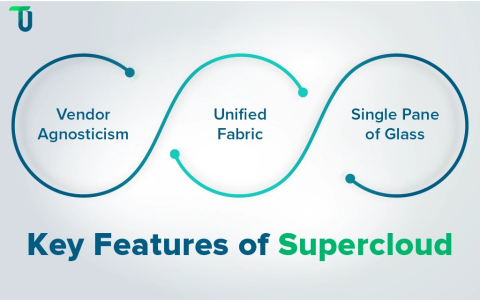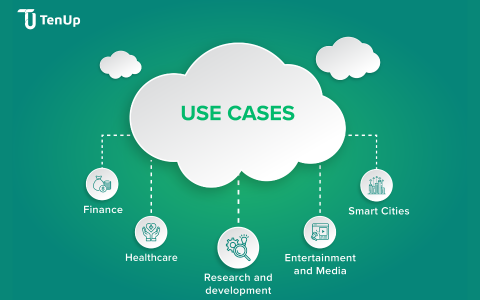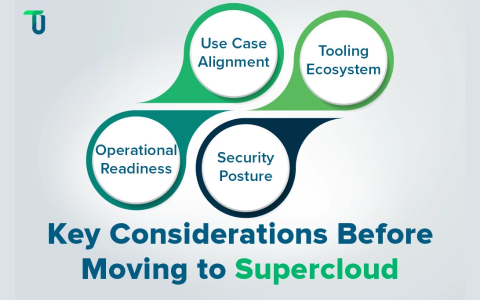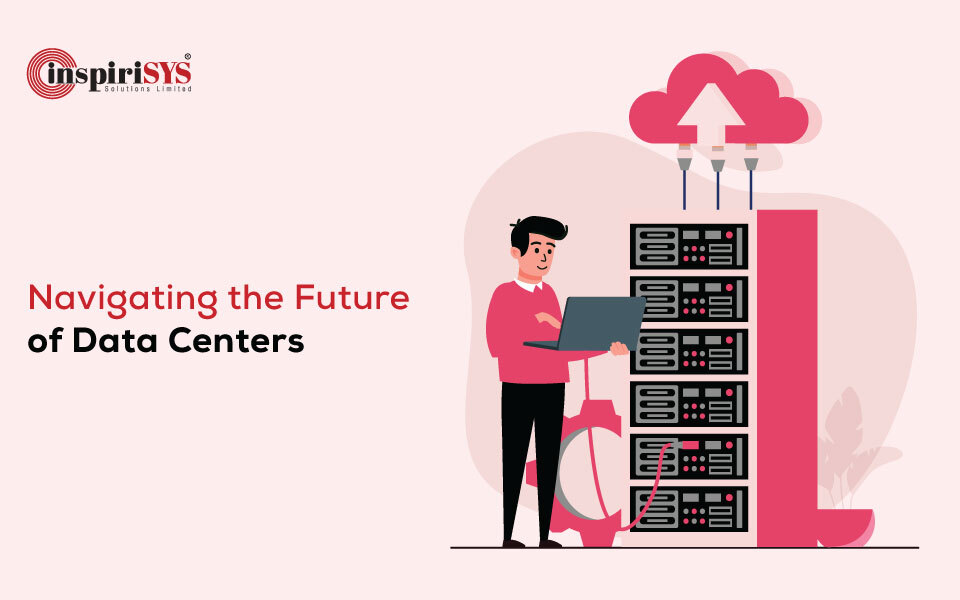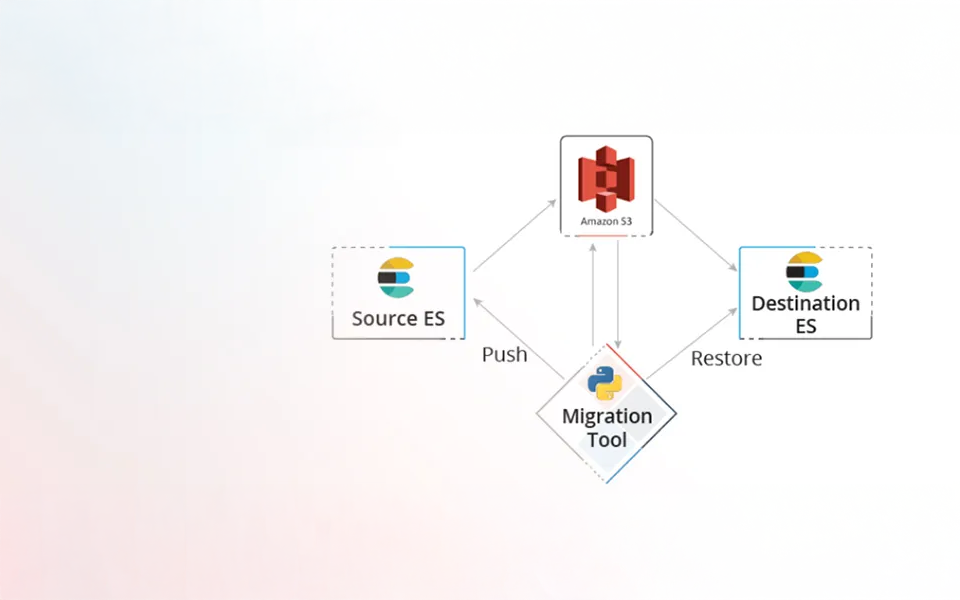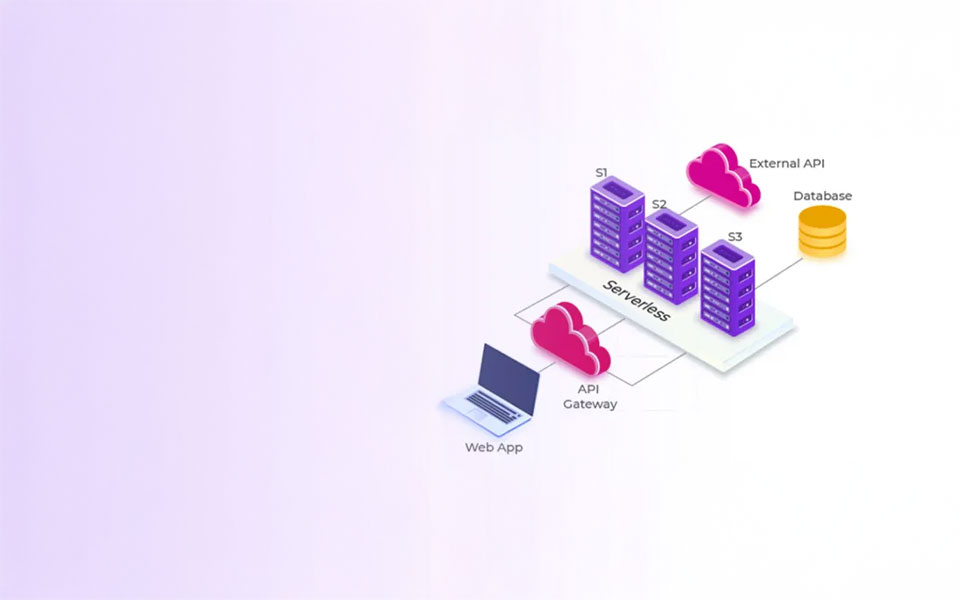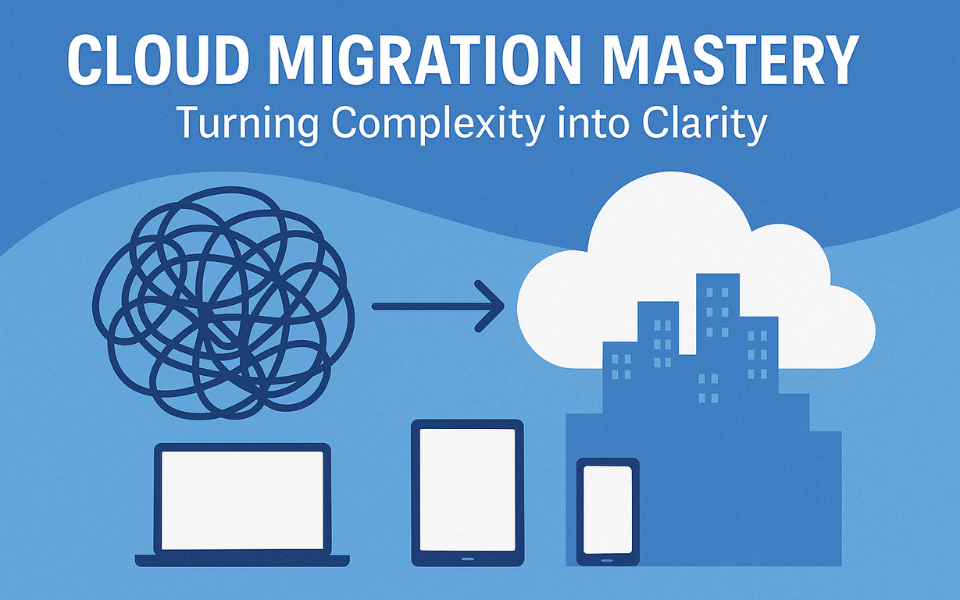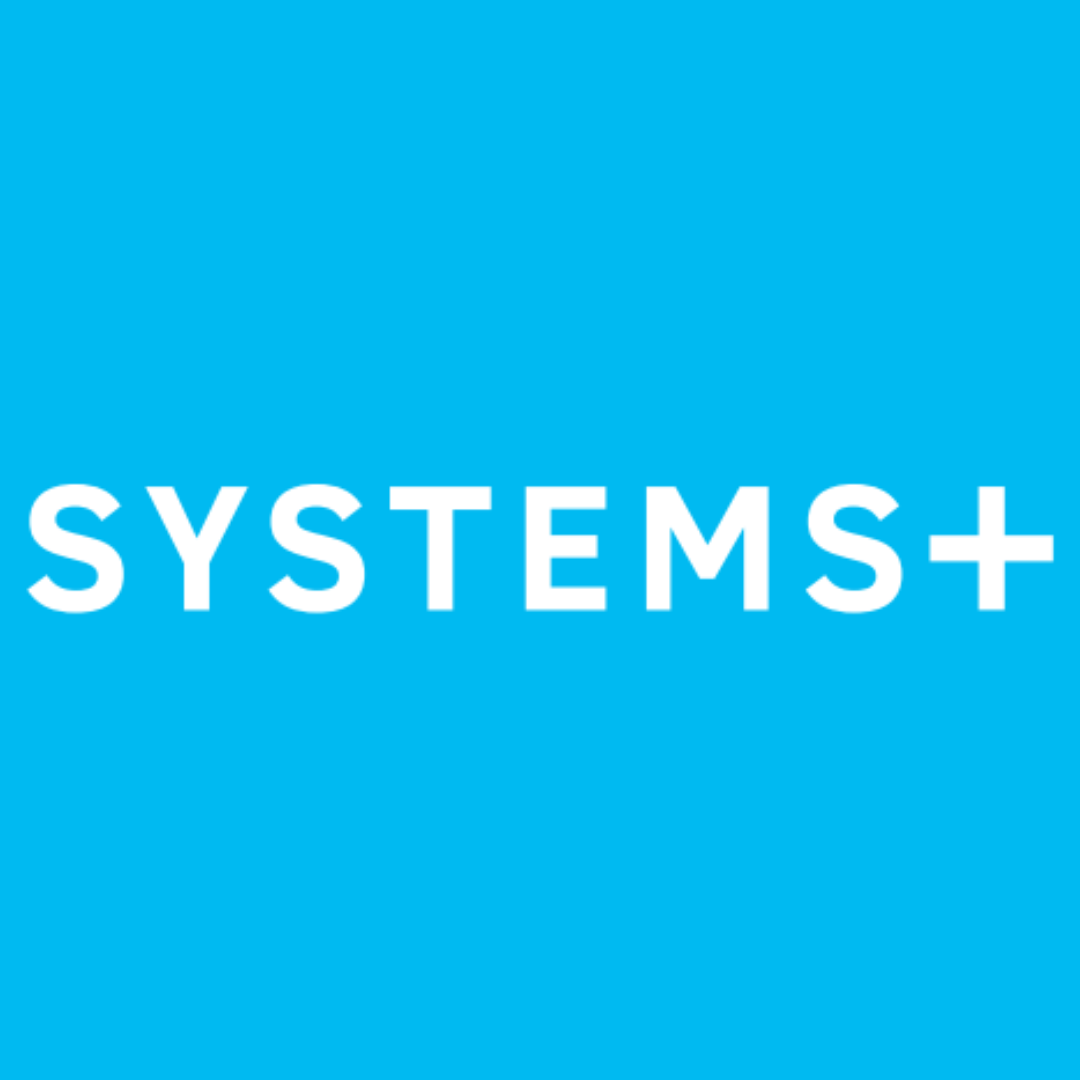Did you know? While 89% of enterprises currently operate with a multi-cloud strategy, nearly 4 in 5 admit they're struggling to manage it effectively. From siloed toolsets to governance inconsistencies, organizations are grappling with complex multi-cloud realities.
Terms like cloud automation, hybrid cloud, and multi-cloud strategy have become commonplace. But there's a newer, more transformative concept on the rise: Supercloud.
Coined by a Cornell University research team in 2016, Supercloud refers to an advanced architecture layer built to simplify the management of multi-cloud environments. This abstraction layer integrates seamlessly across hyperscale providers like AWS, Microsoft Azure, and Google Cloud—removing barriers like data locality or platform compatibility. Also known as Metacloud, this architectural evolution marks a significant shift in how cloud ecosystems are built and maintained.
Table of Contents
-
The Multi-Cloud Dilemma and Why Supercloud Matters
-
Supercloud: Building a Unified Control Layer
-
Real-World Use Cases Across Industries
-
Key Technologies and Tools Powering Supercloud
-
Business Benefits of a Unified Supercloud Architecture
-
Common Barriers and Deployment Challenges
-
Strategic Checklist Before Adopting Supercloud
-
Closing Thoughts: Supercloud’s Role in Cloud’s Next Evolution
-
Frequently Asked Questions
The Multi-Cloud Dilemma and Why Supercloud Matters
Enterprises have long embraced multi-cloud strategies for flexibility, redundancy, and vendor diversification. But this approach brings its own set of challenges—namely:
Gartner predicts that by 2025, three-quarters of enterprises will use multiple cloud services deliberately. However, juggling data centers, public clouds, and multiple providers often leads to governance nightmares and siloed systems.
Here’s where Supercloud becomes essential. It operates as a cross-platform control plane, streamlining orchestration, masking complexity, and offering consistent governance over hybrid, public, and private clouds. This abstraction simplifies multi-cloud deployment and enhances both performance and policy alignment across environments.
Supercloud: Building a Unified Control Layer
Supercloud architectures introduce an abstraction layer that erases platform silos, providing enterprises with a unified cloud management approach. It works like a distributed layer that orchestrates operations without sacrificing provider-specific capabilities.
Here’s how Supercloud delivers:
✅ Vendor-Neutral Flexibility
Supercloud lets IT teams dynamically allocate resources across platforms, avoiding vendor lock-in. According to IDC, 64% of businesses cite vendor dependency as a key concern—Supercloud directly addresses that by enabling interoperable cloud choice.
✅ Unified Cloud Fabric
Rather than replacing existing clouds, Supercloud overlays them to create a uniform policy, identity, and networking fabric—across on-prem, public, and hybrid environments. Gartner forecasts that 40% of enterprise workloads will run on distributed cloud systems by 2027—Supercloud provides the architecture to support that.
✅ Centralized Visibility
With a single-pane-of-glass interface, Supercloud gives teams full control over deployments, monitoring, and spend tracking. Currently, 73% of organizations lack full visibility across cloud platforms, leading to risks and inefficiencies. Supercloud consolidates everything in one place, enabling smarter, faster decisions.
Real-World Use Cases Across Industries
Supercloud isn't just a theoretical concept—it’s being actively deployed across high-demand sectors, thanks to its ability to manage low-latency, high-availability workloads.
🔹 Financial Services
Used in high-frequency trading (HFT), Supercloud enables:
Even a one-millisecond improvement in HFT can lead to $100M+ in gains, making latency optimization critical.
🔹 Healthcare
For AI-powered diagnostics and genomic research, Supercloud supports:
-
Secure, HIPAA-compliant orchestration
-
Inter-cloud collaboration for faster data analysis
-
Low-latency pipelines for imaging and diagnosis
McKinsey reports AI could cut healthcare costs by $150B annually—Supercloud can help enable this shift.
🔹 Scientific Research
From climate models to quantum simulations, Supercloud enables:
-
Cloud-based HPC environments
-
Seamless multi-cloud compute scaling
-
Rapid data transfer for large datasets
Research teams report up to 60% faster workloads when operating in orchestrated, distributed cloud environments.
🔹 Media & Entertainment
Platforms like Netflix rely on auto-scaling and content delivery optimization. Supercloud brings:
-
Infrastructure elasticity
-
ML-driven personalization
-
Cross-region delivery performance
🔹 Smart Cities
Supercloud empowers real-time edge intelligence for cities, enabling:
IDC projects Smart City spending will hit $327B by 2026—enabled by cloud unification like Supercloud offers.
🔹 Cross-Cloud Optimization
Beyond vertical use cases, Supercloud helps in:
Nearly 60% of organizations overspend on cloud services due to lack of unified visibility—Supercloud solves this challenge head-on.
Key Technologies and Tools Powering Supercloud
With the growing shift toward distributed infrastructure, numerous vendors are building platforms based on Supercloud principles. These tools create abstraction layers for governance, automation, and performance optimization.
⚙️ Cisco Metacloud
Offers cloud orchestration via OpenStack and delivers unified policy management across hybrid and public clouds.
⚙️ VMware Aria
Formerly vRealize, Aria delivers predictive workload placement, compliance enforcement, and cost optimization tools across multi-cloud setups.
⚙️ CloudBolt
Known for its centralized self-service provisioning, CloudBolt simplifies orchestration with role-based access controls across AWS, Azure, GCP, and more.
⚙️ Morpheus Data
A DevOps-friendly cloud management suite offering automation, provisioning, and built-in cost control across 90+ integrations.
⚙️ Snowflake
A cloud-native data platform offering secure, real-time collaboration across AWS, Azure, and GCP without requiring replication.
⚙️ Databricks
Combining AI/ML with a Lakehouse architecture, Databricks supports structured and unstructured data, powering analytics and automation across clouds.
📊 IDC estimates that by 2027, global investment in Supercloud infrastructure will exceed $21 billion—highlighting strong enterprise adoption trends.
Business Benefits of a Unified Supercloud Architecture
Supercloud transforms cloud infrastructure into a cohesive, manageable, and cost-efficient framework:
🔸 Reduced Complexity
No more juggling multiple consoles or environments. Supercloud simplifies it all into a single interface—ideal for compliance, cost tracking, and visibility.
🔸 Intelligent Performance Optimization
Workloads can be distributed intelligently across regions and clouds, improving performance and reducing latency. Enterprises have seen latency drop by 35% after implementing distributed cloud systems.
🔸 Accelerated Time-to-Market
With self-service provisioning and automation, development lifecycles are reduced by up to 3x, per McKinsey. Engineering teams focus more on innovation and less on infrastructure management.
Common Barriers and Deployment Challenges
While powerful, Supercloud isn’t plug-and-play. Organizations may encounter several roadblocks:
🔹 Expertise Gap
Cross-cloud orchestration, security, and network design require advanced skillsets—something smaller teams may lack.
🔹 Governance Risks
Misaligned policies can lead to data residency issues or breaches. IBM reports that 45% of cloud breaches stem from poor governance in multi-cloud setups.
🔹 Platform Maturity
As Supercloud is still maturing, vendors vary in standardization and interoperability. Enterprises should assess each solution’s long-term roadmap before adoption.
Strategic Checklist Before Adopting Supercloud
To successfully implement a Supercloud model, organizations should ask:
-
Is there a clear business case for distributed cloud operations?
-
Do existing tools and platforms support abstraction and orchestration?
-
Does the IT team have the required experience—or will external help be needed?
-
Are security protocols in place across all environments?
🛡️ Gartner recommends forming a Cloud Center of Excellence (CCoE) to standardize governance and architecture strategies before jumping into Supercloud adoption.
Closing Thoughts: Supercloud’s Role in Cloud’s Next Evolution
Supercloud isn’t a replacement for AWS, Azure, or GCP—but a strategic layer that connects them all. In a multi-cloud world, Supercloud makes integration, orchestration, and control not just easier—but essential.
With evolving enterprise needs—regulatory compliance, workload optimization, vendor independence—Supercloud unlocks new agility and resilience. It’s shaping up to become the default operating layer for tomorrow’s digital-first organizations.
Frequently Asked Questions
1. How is Supercloud different from services offered by AWS, Azure, or GCP?
Supercloud operates as an abstraction layer across multiple cloud platforms, unlike hyperscaler-specific tools which are limited to a single ecosystem.
2. Is Supercloud a replacement for hybrid cloud?
Not at all—it builds on it. Supercloud adds orchestration, visibility, and automation across hybrid and multi-cloud systems.
3. Can small businesses benefit from Supercloud?
Yes. Through managed solutions, even SMBs can use Supercloud to improve cloud efficiency and reduce vendor dependency.
4. Does it help in cost savings?
Absolutely. With intelligent workload distribution and performance-aware scaling, Supercloud minimizes waste and overspending.
5. Who are the key vendors in this space?
Platforms from Cisco, VMware, Snowflake, Databricks, and Morpheus are leading the evolution. While still maturing, their capabilities are growing rapidly.
6. What technical hurdles should we expect?
Expect challenges around networking, policy enforcement, billing, and skills. Cross-cloud portability is still a developing standard.






